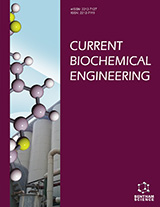Abstract
The composite materials find various applications such as in turbine blades, helicopter blades, airplane wings, medical instruments, sports equipment, etc. They are subjected to a variety of dynamic excitations. The resonance condition is desirable for some applications such as vibration actuators, and musical instruments. And due to resonance, catastrophic failure may occur for most of the applications. Therefore, a study of dynamic behavior plays an important role in the design of materials either to avoid or to enforce resonance conditions.
This work aims at the experimental investigation of vibration characteristics of composite beams. In this work, composite beams were made of glass fiber and epoxy resin with varying filler materials and their percentage. Three filler materials, viz. Calcium Carbonate (CaCO3), Nano-Clay, and Silicon Carbide (SiC) were considered for the study. The National Instruments Data Acquisition system (NI-DAQ) with a triaxial accelerometer was used to acquire the vibration data. The natural frequencies of the beams were determined from the frequency domain data and damping ratios of the beams were determined from time-domain data. Effects of filler material type on natural frequencies and damping ratios were studied. According to the research, the damping ratio values drop in the order of CaCO3, Nano-Clay, and SiC while the natural frequency values decrease in the order of Nano-Clay, CaCO3 and SiC.






















